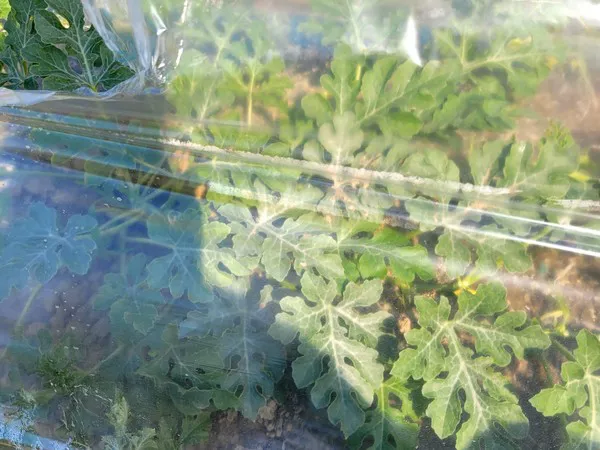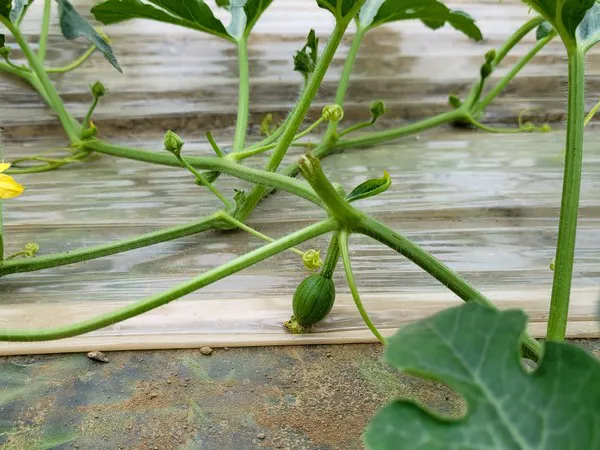As Hungary’s watermelon season is expected to return to normal levels, after a challenging few years, buyers in the rest of Europe have already started placing orders in winter to secure supply. It is estimated the industry will see a 10% increase in area planted, which signals a return to 2021 levels in the coming 2023 season.
According to László Sándor, a melon expert from BASF Vegetable Seeds who advises many growers across Hungary, other European buyers moved early to approach local growers.
“During winter, buyers in Poland, Germany and the Netherlands were seeking to make one or two more relations with Hungarian producers to make sure of the watermelon supply for the whole season. This is because they see the problems coming in the Mediterranean growing areas this summer. We know about the shortage of labour and the lack of water there. In Hungary it now seems 9-10% more hectares were planted than in 2022. But if we evaluate our five growing areas, of which the biggest is in the South-East they have the same planted area as last year. It is the same for a few of the other big areas except for East Hungary where they had an increase of 30% in the planted area. So, only because of East Hungary’s increase, do we see the overall 10% increase in the hectares planted with watermelons. We will now have almost the same surface as in 2021.”
In 2022 the surface area planted with watermelons was 2,635 hectares. This increased to an estimated 2,870 hectares in 2023. The change comes after the new orders from the rest of Europe, which gives Hungarian producers a bit more appetite to increase plantings.
“One of the biggest reasons is that, after changes of transport costs and the situation in Europe, for the watermelon export market you have to be competitive. If you are far from north and central European countries it is more expensive to transport the produce. Hungary is closer to Poland, Czechia and Slovakia, now due to our cheaper transport costs we are getting a more competitive position. We will reach the surface area of 2021 only now in 2023 country wide. We see more possibilities for export. The local market is stable, we know prices for final consumers increased last year, while it’s not easy to increase the prices even more for local consumers. The really hot weather helps with consumption.”

Weather still key for watermelon production
The weather remains key for this industry as Hungary sees a return to a rainy late spring, that is close to the normal 10 year average. “Last year’s 30 degrees in May is abnormal. We have a saying in Hungary that rain in May is like gold, it’s of high value and will enable you to endure a hot summer more easily.”
However, while more rain is welcome for Hungarian agriculture in general, it is not ideal for watermelon growing. “Unfortunately some growers are in counties where they have too much rain. In a small production area close to the Croatian border, that is usually part of the top two earliest region’s in Hungary, they had 850mm of rain since last September. About 100mm more is falling now during spring, which is too much, but it’s a small region with little effect on the overall crop.”
Sandor says in the South-East part of Hungary they had 10mm to 12mm of rain. “Rain is really needed if you want to use the full potential of the plant and varieties. Producers prefer not to have rain, if you have rain you can have problems with fungi and have to use more fungicides. Producers irrigate when it’s needed through drip irrigation.”

He says despite this the general situation for Hungary's 2023 watermelon crop looks “nice and healthy.” “The calculation for the early areas in East-Hungary, they are about to remove low plastic tunnels over the coming weekend with warmer temperatures predicted. Some growers started to see the first female flowers on the fields. It means, if everything goes well then the first open field watermelon harvest can start at the end of June or first days of July. This is our normal harvest starting period.”
Sandor concludes by saying a few hundred hectares of watermelons that are grown in plastic greenhouses can start harvesting from mid-June or around 20 June. “They are 10-14 days earlier than open field production. These watermelons are mostly for the local market.”
For more information:
Laszlo Sandor
BASF Vegetable Seeds
Tel: +36 30 9356 722
Email: [email protected]
www.nunhems.com










